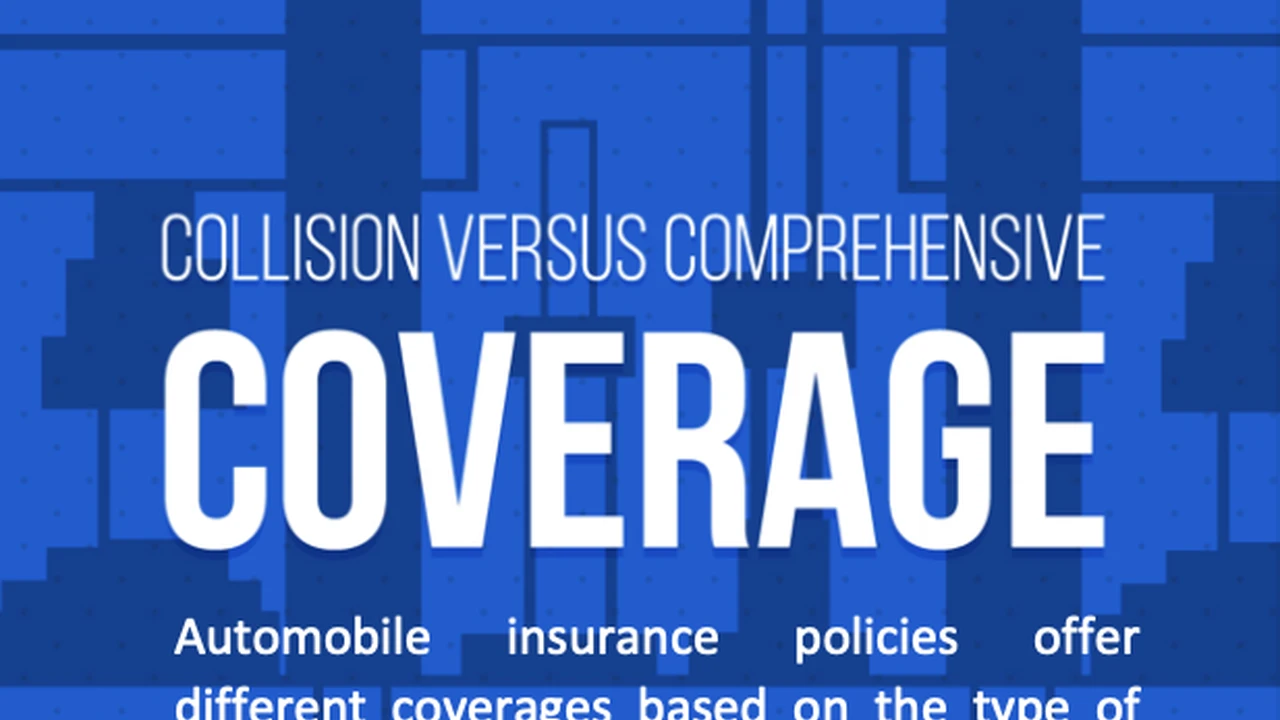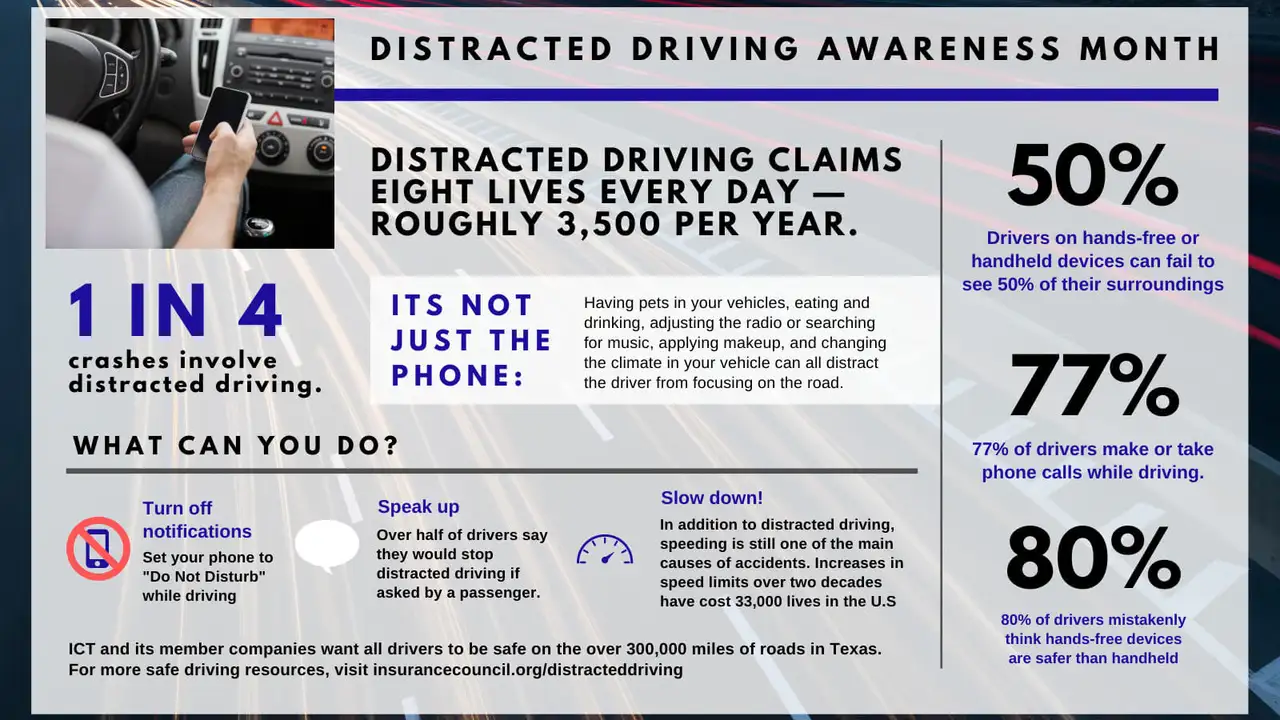Building Trust and Communication: A Strong Foundation
Sample meta description.

Understanding the Importance of Trust in Parent-Teen Relationships for Safe Driving
Hey everyone! Let’s talk about something super crucial when you’ve got a teen learning to drive: trust. It’s not just about handing over the keys; it’s about building a relationship where your teen feels comfortable coming to you with questions, concerns, or even admitting they made a mistake. Think of it as laying the groundwork for responsible driving habits that will last a lifetime. Lack of trust can lead to teens hiding risky behaviors, like speeding or texting while driving, which obviously we want to avoid at all costs. Open communication is key to fostering that trust. So, how do we actually *build* this foundation?
Establishing Open Communication Channels for Teen Driver Safety
Communication is a two-way street. It’s not just about lecturing your teen about the dangers of driving; it’s about listening to their perspective and creating a safe space for them to share their experiences. Start by asking open-ended questions instead of accusatory ones. For example, instead of saying "Why were you out so late?", try "How was your drive home last night?". This encourages them to talk openly. Also, actively listen when they are talking. Put down your phone, make eye contact, and really hear what they're saying. Show empathy and understanding, even if you don't agree with everything they say. This will make them feel more comfortable sharing their thoughts and feelings with you.
Setting Clear Expectations and Boundaries for Teen Driving Privileges
Clear rules are essential! Before your teen even gets behind the wheel, sit down together and establish clear expectations about driving privileges. This includes things like curfews, passenger restrictions, and rules about phone use while driving. Make sure these rules are written down and understood by both of you. Be specific about the consequences of breaking these rules. For example, if they are caught texting while driving, they might lose their driving privileges for a certain period of time. Consistency is key. Enforce the rules consistently, even when it's inconvenient. This will show your teen that you are serious about their safety and that you expect them to follow the rules.
Utilizing Technology to Monitor and Encourage Safe Teen Driving Habits
Technology can be a really helpful tool in monitoring your teen's driving and encouraging safe habits. There are a ton of apps and devices available that can track things like speed, location, and hard braking. Some even offer features like geofencing, which alerts you when your teen enters or leaves a designated area. However, it's important to use these tools responsibly. Don't use them as a way to micromanage your teen or invade their privacy. Instead, use them as a way to provide feedback and coaching, and to help them develop safe driving habits. Some popular options include:
- Life360: This app offers location tracking, crash detection, and emergency assistance. It's great for families who want to stay connected and ensure everyone's safety. It costs around $5-$15 per month, depending on the features you need. It's easy to use and offers a lot of peace of mind, especially when your teen is driving alone.
- DriveSafe.ly: This app automatically reads incoming text messages and emails aloud while your teen is driving, so they don't have to take their eyes off the road. It's a great way to help them avoid distractions while driving. The basic version is free, but the premium version, which offers more features, costs around $5 per month.
- Automatic: This device plugs into your car's OBD-II port and tracks things like speed, fuel efficiency, and hard braking. It also offers crash detection and emergency assistance. It's a great way to get a comprehensive overview of your teen's driving habits. The device itself costs around $100, and there is a monthly subscription fee of around $10 for the connected car services.
The Role of Parental Modeling in Teen Driver Safety
Your teen is watching you! One of the most important things you can do to promote safe driving habits in your teen is to model those behaviors yourself. If you speed, text while driving, or drive aggressively, your teen is likely to pick up those habits as well. Be a good role model by always following the rules of the road, driving defensively, and avoiding distractions. Talk to your teen about your own driving experiences and explain why you make certain decisions. This will help them understand the importance of safe driving habits. Remember, actions speak louder than words. If you want your teen to be a safe driver, you need to be one yourself.
Negotiating Driving Agreements and Contracts with Teen Drivers
A written agreement can be a great way to formalize expectations and responsibilities. A driving agreement is a contract between you and your teen that outlines the rules of the road and the consequences of breaking those rules. It can cover things like curfews, passenger restrictions, phone use, and drug and alcohol use. The agreement should be signed by both you and your teen, and it should be reviewed regularly. It's important to involve your teen in the creation of the agreement so that they feel like they have a say in the rules. This will make them more likely to follow the rules and take responsibility for their actions. You can find templates for driving agreements online, or you can create your own.
Addressing Peer Pressure and Risky Driving Behaviors Among Teen Drivers
Peer pressure is a huge factor! Teenagers are often influenced by their peers, and this can lead to risky driving behaviors. Talk to your teen about the dangers of peer pressure and how to resist it. Encourage them to speak up if they feel uncomfortable with something their friends are doing. Help them develop strategies for dealing with peer pressure, such as saying "no" or suggesting an alternative activity. Also, talk to them about the consequences of risky driving behaviors, such as accidents, injuries, and even death. It's important to make sure they understand that their safety is the most important thing.
Understanding Teen Driver Insurance Options and Costs
Let’s get real about insurance. Adding a teen driver to your insurance policy can significantly increase your premiums. It's important to understand the different types of coverage available and how they can protect you and your teen in the event of an accident. Shop around for the best rates and compare quotes from different insurance companies. Consider increasing your deductible to lower your monthly premiums. Also, look for discounts that may be available, such as good student discounts or safe driver discounts. Don't be afraid to ask questions and negotiate with your insurance agent. Understanding your insurance options and costs is an important part of keeping your teen safe on the road.
Specific Insurance Products for Teen Drivers and Their Features
Several insurance companies offer specific products tailored for teen drivers. Here are a few examples:
- State Farm Steer Clear®: This program offers a discount to young drivers who complete a safe driving course. The app monitors driving habits and provides feedback. The price varies based on location and individual circumstances.
- Allstate Drivewise®: This program uses a mobile app to track driving behavior and rewards safe driving with discounts. Factors like speed, braking, and time of day are monitored. Prices are personalized based on driving habits.
- Progressive Snapshot®: Similar to Allstate Drivewise, this program tracks driving behavior and offers discounts for safe driving. It can be used via a mobile app or a plug-in device. Prices are personalized based on driving habits.
When comparing these products, consider the following:
- Price: Get quotes from multiple companies and compare the overall cost of adding your teen to your policy.
- Features: Look for features like safe driving discounts, accident forgiveness, and roadside assistance.
- Ease of Use: Consider the ease of use of any mobile apps or devices associated with the insurance program.
The Impact of Graduated Driver Licensing (GDL) Laws on Teen Driver Safety
GDL laws are designed to gradually introduce teens to driving privileges. These laws typically involve three stages: learner's permit, intermediate license, and full license. Each stage has different restrictions, such as curfews, passenger restrictions, and restrictions on driving at night. Studies have shown that GDL laws are effective in reducing teen driver accidents and fatalities. Make sure you understand the GDL laws in your state and that your teen is following them. These laws are in place to protect your teen and other drivers on the road.
Practical Exercises and Scenarios to Improve Teen Driving Skills
Practice makes perfect! Before your teen starts driving on their own, it's important to give them plenty of supervised practice in a variety of driving conditions. Start in a safe, controlled environment, such as an empty parking lot, and gradually progress to more challenging situations, such as driving on busy streets or highways. Practice things like merging onto the highway, changing lanes, and parallel parking. Also, practice driving in different weather conditions, such as rain or snow. The more practice your teen gets, the more confident and skilled they will become behind the wheel. Consider enrolling your teen in a professional driving school for additional training.
The Importance of Ongoing Communication and Support for Teen Drivers
The conversation shouldn't stop after they get their license! Continue to communicate with your teen about their driving experiences and provide ongoing support. Ask them how their drives are going, and offer advice and feedback. Remind them of the importance of safe driving habits, and encourage them to continue practicing those habits. Be a supportive and understanding parent, and let them know that you are always there for them. The more support you provide, the more likely they are to be a safe and responsible driver.
Addressing Distracted Driving Among Teen Drivers
Distracted driving is a major problem for teen drivers. Texting, talking on the phone, eating, and adjusting the radio can all take your teen's attention away from the road. Talk to your teen about the dangers of distracted driving and encourage them to avoid these behaviors. Set a good example by avoiding distractions yourself while driving. Consider using apps that block text messages and phone calls while driving. Also, talk to your teen about the importance of pulling over to a safe location if they need to make a phone call or send a text message. Distracted driving can have deadly consequences.
Dealing with Road Rage and Aggressive Driving in Teen Drivers
Road rage is a serious issue. Teen drivers are more likely to engage in aggressive driving behaviors, such as speeding, tailgating, and cutting off other drivers. Talk to your teen about the dangers of road rage and how to control their emotions while driving. Encourage them to take deep breaths, listen to calming music, and avoid engaging with aggressive drivers. Also, talk to them about the importance of being respectful of other drivers on the road. Road rage can lead to accidents and injuries.
:max_bytes(150000):strip_icc()/277019-baked-pork-chops-with-cream-of-mushroom-soup-DDMFS-beauty-4x3-BG-7505-5762b731cf30447d9cbbbbbf387beafa.jpg)




.webp)

